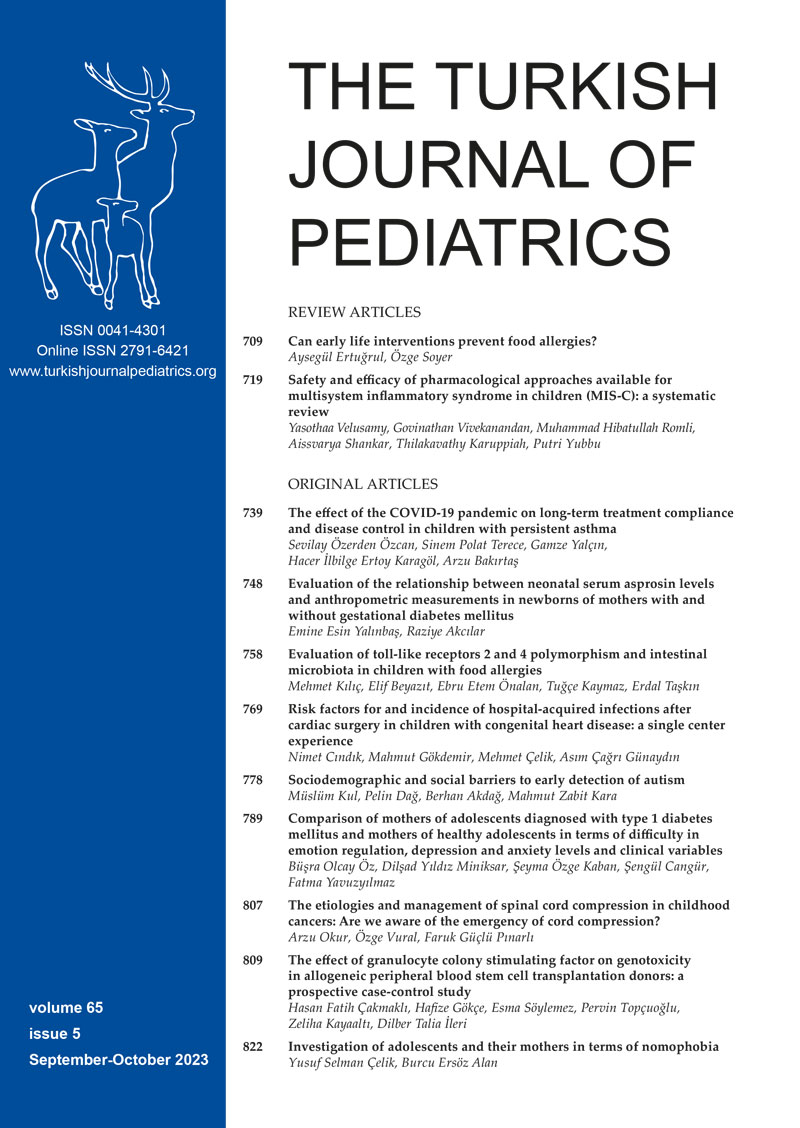Abstract
Background. Telomeres inhibit DNA damage response at the ends of the chromosome to suppress cell cycle arrest as well as ensure genome stability. Dyskeratosis congenita (DC), a telomere-related disease, includes the classical triad involving oral leukoplakia, dysplastic nails, and lacy reticular pigment in the neck and/or upper chest. Hoyeraal-Hreidarrson syndrome (HHS), a severe manifestation of DC, frequently occurs during childhood, and patients with HHS often show short-term survival and thus do not exhibit all mucocutaneous manifestations or syndromic features.
Case. We report here a patient with HHS characterized by the proband`s clinical attributes, such as growth delay, bone marrow failure, microcephaly, defects in body development, and the absence of cerebellar hypoplasia combined with Blake`s pouch cyst. By using exome sequencing, novel compound heterozygous mutations (c.1451C > T and c.1266+3del78bp) were detected in the RTEL1 (regulator of telomere elongation helicase 1) gene.
Conclusions. The DNA helicase RTEL1 plays a role in genome stability, DNA replication, telomere maintenance, and genome repair. Terminal restriction fragment length analysis revealed a significantly shorter telomere length of the proband. Our findings provided evidence that compound heterozygous RTEL1 mutations cause HHS.
Keywords: Blake`s pouch cyst, Hoyeraal-Hreidarsson syndrome, dyskeratosis congenita, telomere length
Copyright and license
Copyright © 2023 The Author(s). This is an open access article distributed under the Creative Commons Attribution License (CC BY), which permits unrestricted use, distribution, and reproduction in any medium or format, provided the original work is properly cited.














